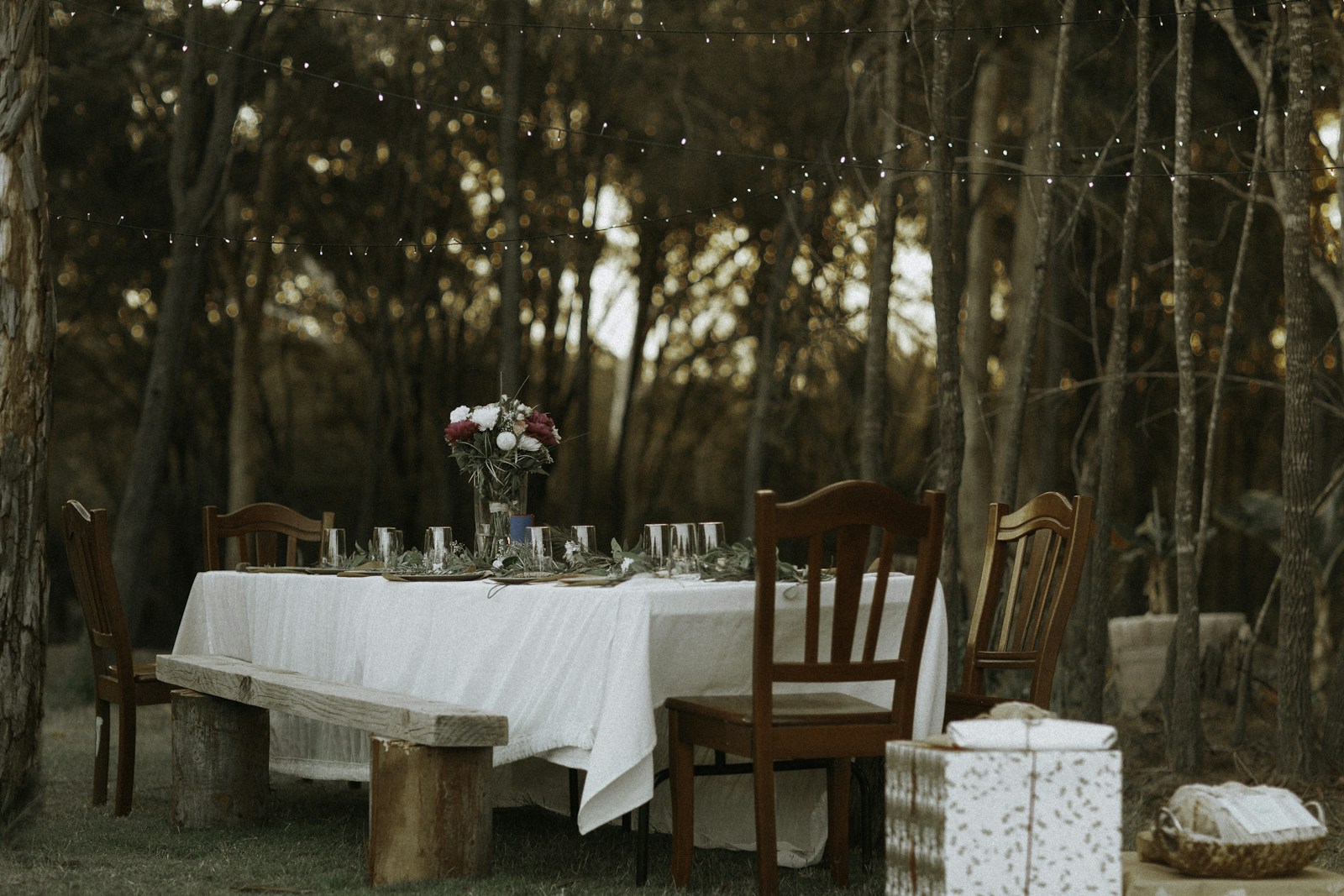
table

table
The word 'table' in French is also 'table', pronounced slightly differently. It is used in the same context as in English, referring to a piece of furniture with a flat top and one or more legs, providing a level surface on which objects may be placed. It's used in everyday language and is a commonly known noun.
Example sentences using: table
Pouvez-vous nettoyer la table, s'il vous plaît?

Can you clean the table, please?
None
La table est dans la cuisine.

The table is in the kitchen.
This sentence is a statement about the location of an object, in this case, 'la table' or the table. It uses the common form of 'be', which in French is 'est', to indicate the condition or location of something.
Il y a un livre sur la table.

There is a book on the table.
This sentence describes the location of an object in relation to another object. When translated directly, it literally means 'it has a book on the table'. But in English, we say 'there is a book on the table'.
La table est faite de bois.

The table is made of wood.
This is simply a statement about the material composition of the table. The phrase 'est faite de' is a common way to express that something is made of a certain material.
La table a quatre jambes.

The table has four legs.
In this sentence, the term 'jambes' refers to the legs of a table, literally translated as 'legs'. Describing how many legs a table has is a common way to describe its physical properties.
La table de multiplication est difficile à mémoriser.

The multiplication table is hard to memorize.
This sentence demonstrates the use of 'table' in another context, specifically, mathematics. The 'table de multiplication' refers to a multiplication table.
La table est couverte de poussière.

The table is covered in dust.
This sentence describes the state of the table. When something is 'couverte de', it is 'covered in' that thing in English.
La table est prête pour le dîner.

The table is ready for dinner.
This is a statement that the table is set and ready for a meal to be served. The word 'prête' translates to 'ready' in English.
Elle a posé ses clés sur la table.

She put her keys on the table.
This sentence provides an example of using 'la table' to reference an action performed by a person. 'Posé' is the past participle of 'poser', which means 'to put' or 'to place'.
Je vais mettre le dîner sur la table.

I am going to put dinner on the table.
In this example, 'mettre' means 'to put' or 'to place'. The future action of placing dinner on the table is being expressed through the verb 'vais' + 'mettre', which forms the future tense in French.